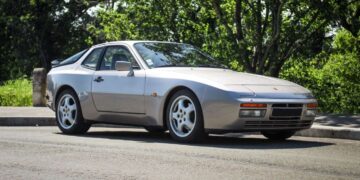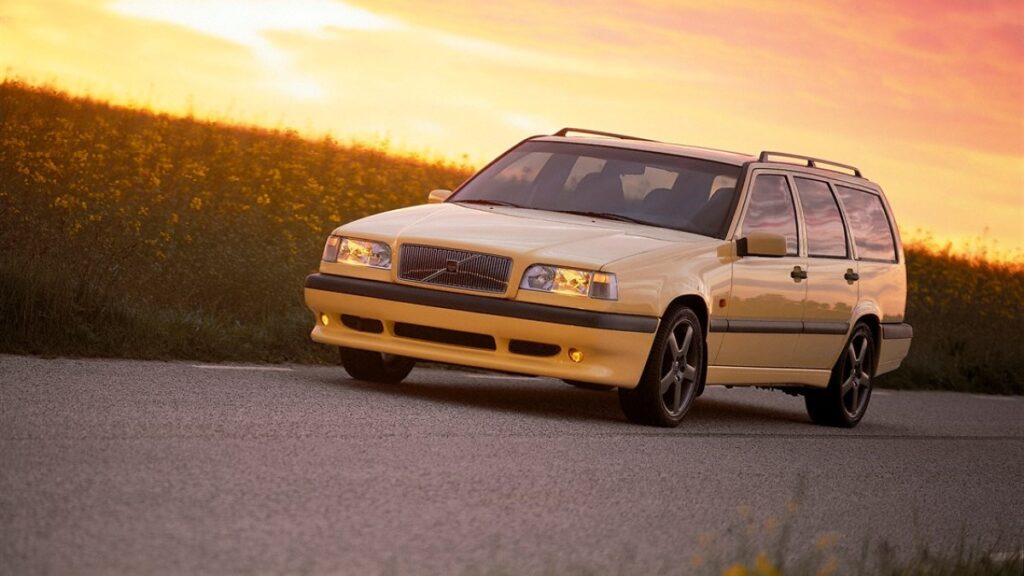Classical automobiles are becoming increasingly popular as investments. Not every classic car is suitable as a strategic investment, of course. The growth rates for grandfather’s old Opel Rekord Diesel are limited. Former mass-produced cars such as the VW Golf II or Audi 80 (B3, B4) are not becoming sought-after classics simply because of their age.
A Golf with plenty of horsepower under the hood, by contrast, is attractive, for instance, as a GTI. And not every Audi 80 is a bore either. For one, the coupe version of the B3 has become highly sought-after among collectors. The result: The Audi Coupé Quattro 2.3 20V (1988 to 1992) market value has nearly doubled in the past five years.
Generally nippy youngtimers from the late 1980s and early 1990s have recently seen particularly strong increases in value. Why are models like the BMW 5 Series E34, Mercedes W124 or even the Volvo 850 T5-R so attractive?
On the one hand, this is because those who thought these cars were great in their youth want to buy back a piece of that youth – and are now financially able to do so. For these customers, it’s all about the driving pleasure and not about tinkering with the old darlings themselves. They’d therefore rather buy a car in good condition now and pay more money for it than if in a few years there are only restoration objects left on the market.
Automobiles from the 80s and 90s not only stand for driving fun; they are also suitable for everyday use and relatively wrench-friendly. Starting in the noughties, many models went into electronic overkill. In the following are seven classics that have seen particularly strong gains in value over the past five years.
Initially, German customers had a hard time with the Volvo 850. In 1991, the new front-wheel-drive was unusual for a large Volvo. In addition, the middle-class car was initially only available as a sedan. The station wagon was added in 1993. The model sold well from then on: more than 700,000 850s were built, half of them station wagons.
Youngtimer fans today appreciate the edges and corners of the Volvo 850; only the tires are round. In addition, a wide range of engines with pretty sharp types. Even the turbocharged models are no slouches, the 850 R and T5-R with up to 250 horsepower make a real ruckus. This turns the solid Volvo into a real family Porsche. You only need a bit of color courage: The 850 T5-R was only available in green, black and the flashy “Mercury Yellow.”
This is what you have to watch out for:
- The engines are good for very high mileage with regular timing belt changes.
- The solid technology also makes the Volvo 850 a real long-term car.
- The cooling water hoses tend to leak.
- Galvanized sheet metal hardly gives rust a chance.
Also Read:


















































Discussion about this post